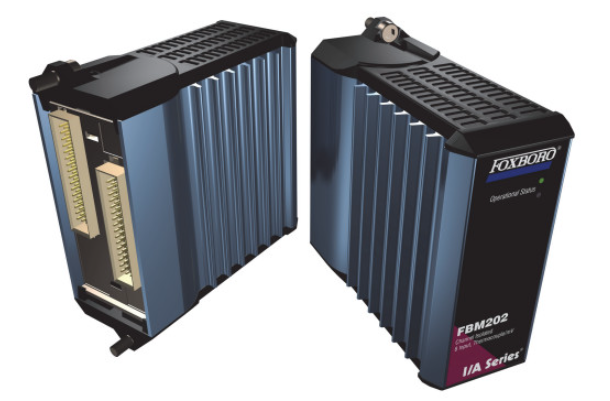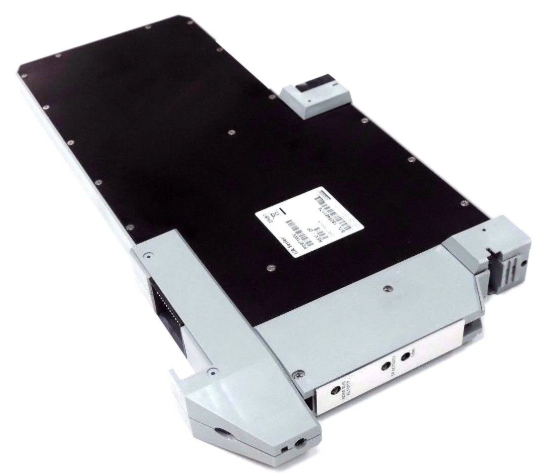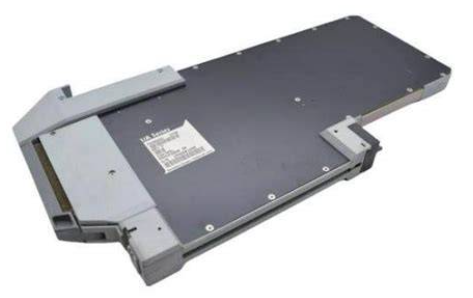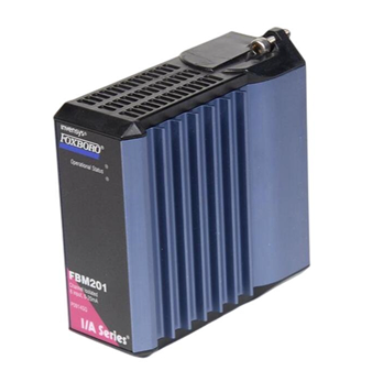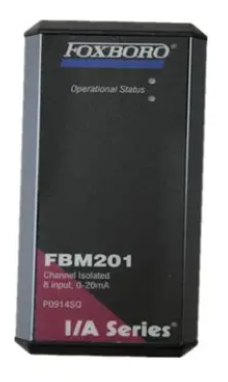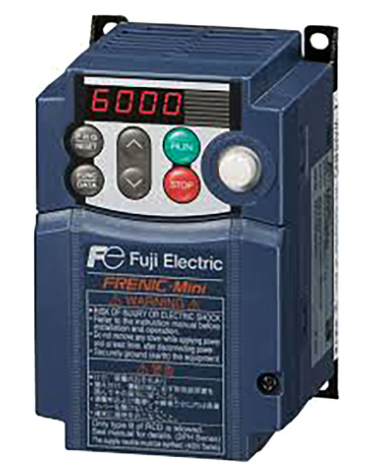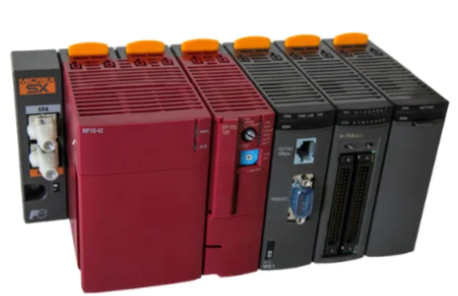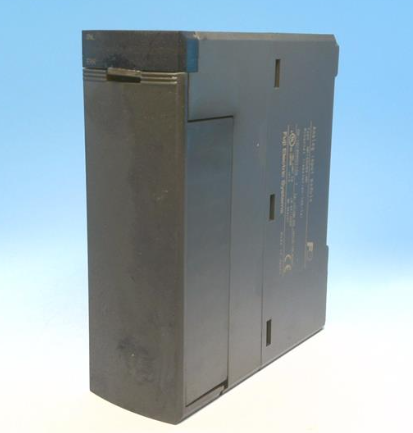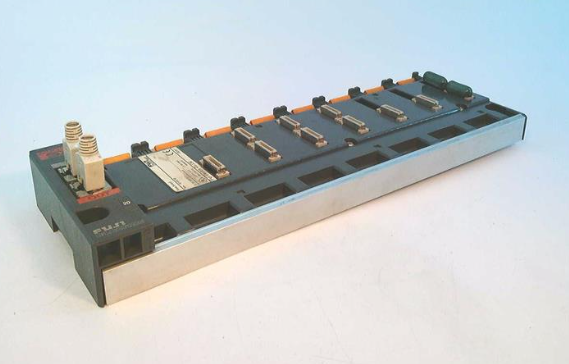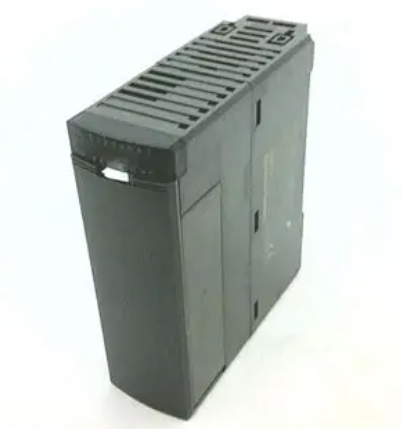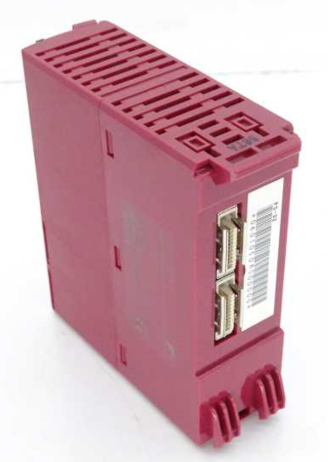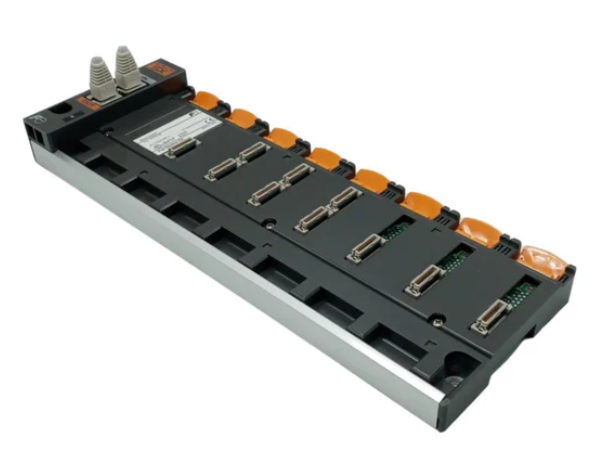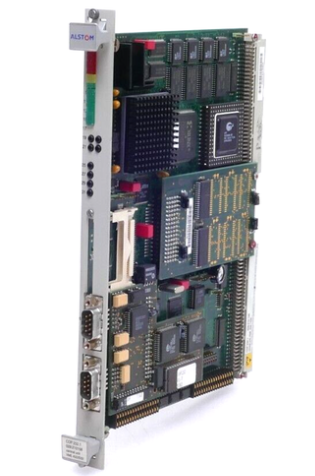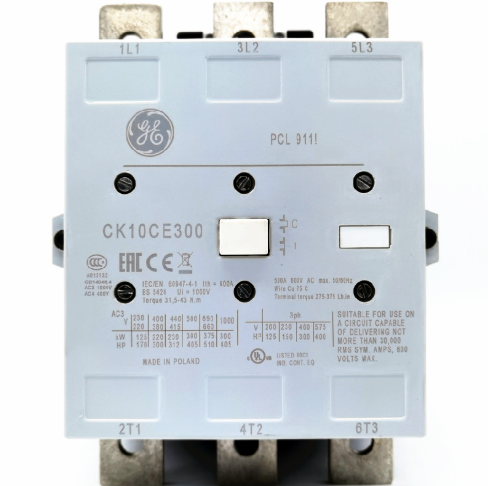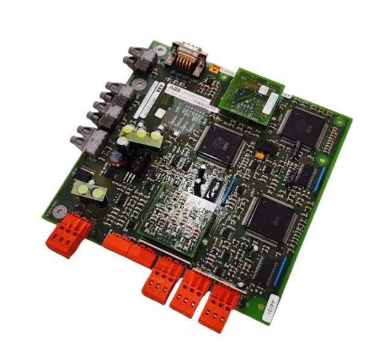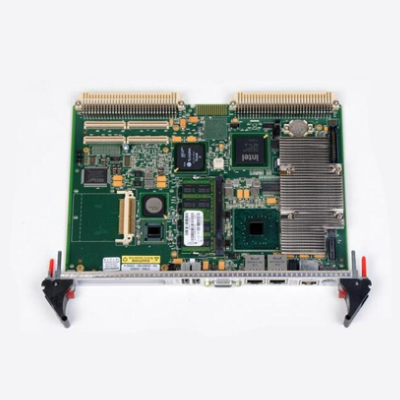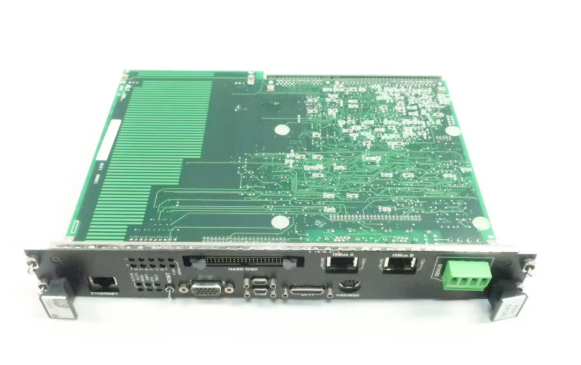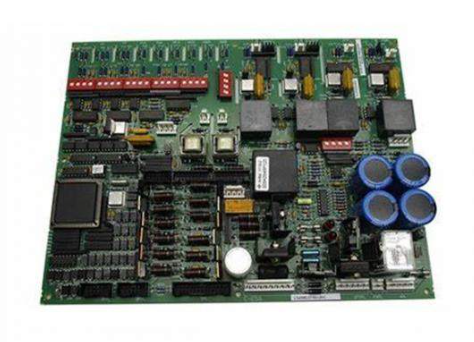SIEMENS SGT-2000E series gas turbine
Core values: Low unit kilowatt investment cost, wide fuel adaptability, flexible operation, low maintenance cost, long service life, fast investment return, and fleet reliability exceeding 99%.
Market performance: As of July 2011, over 400 units have been delivered globally with a total operating time of approximately 9 million hours. Among them, the SGT5-2000E standalone model has accumulated over 6.4 million hours of operation, verifying its stability.
Adaptation design: No gas film cooling structure, avoiding cooling channel blockage caused by ash accumulating fuels (such as heavy oil and crude oil), and expanding the fuel adaptation range.
(3) Combustion chamber
Structural form: Double silo type large volume combustion chamber with ceramic insulation cover, reducing the impact of direct flame radiation on turbine blades and extending component life.
Burner configuration: 8 burners per combustion chamber for SGT5-2000E, 6 burners per combustion chamber for SGT6-2000E; Adopting a hybrid burner and dry low NOx technology, the premixed combustion design reduces emissions.
Maintenance advantage: There is a manhole on the side of the combustion chamber, which can directly inspect the hot channel components from the burner to the turbine blades without disassembling the overall structure, improving maintenance convenience.
3. Three core advantageous characteristics
(1) Fuel flexibility: adaptable to multiple types of fuels, reducing fuel dependence
Gaseous fuels: standard natural gas, low calorific value natural gas, synthesis gas (IGCC output), naphtha derived gas, etc.
Liquid fuels: standard fuel, heavy oil, crude oil, kerosene, naphtha, and ash based fuels.
Adaptation technology: Provide specialized modified burners for unconventional fuels such as synthesis gas and heavy oil to ensure combustion stability and efficiency; Siemens has accumulated rich experience in unconventional fuel applications and can provide customized solutions for projects.
(2) Operational flexibility: adaptable to complex working conditions, fast response
Quick start stop: With standard static excitation and variable frequency starting system, it can accelerate from start-up to full load within 4 minutes, meeting the needs of power grid peak shaving, emergency power supply, etc.
Load regulation: Supports flexible adjustment of 50% -100% load, and can maintain low emission levels even under partial load, adapting to power grid load fluctuations.
Grid adaptation: With flexible grid support capabilities, it can adapt to different regional grid frequency requirements (50Hz/60Hz) and has strong stability.
(3) Maintenance convenience: reduce operation and maintenance costs, extend service life
Component replacement: All stationary and moving blades of the compressor and turbine can be replaced separately without disassembling the rotor and lower cylinder body, reducing maintenance downtime.
Inspection channel: A manhole is installed inside the combustion chamber, and the hot channel components (burner, turbine blades) can be directly inspected without disassembling the equipment.
Special adaptation: Design a structure that is easy to manually clean and inspect for the operation scenario of greyed fuel, reducing the impact of greying on equipment performance.
Lifespan design: The core components are made of high wear-resistant and high-temperature resistant materials, combined with optimized cooling and coating technology, to extend the service life of the components and reduce replacement frequency.
(4) Environmental performance: Low emission design, in compliance with environmental standards
Emission control: Using dry low NOx combustion technology and premixed burners, NOx emissions can be maintained at a low ppm level under ISO conditions, and even partial load operation can meet strict environmental requirements.
Energy saving design: High cycle efficiency reduces CO ₂ emissions per unit of power generation, while optimized combustion chamber and turbine design reduces fuel waste and improves energy utilization efficiency.
Application scenarios and delivery solutions
1. Main application areas
(1) Power industry
Single cycle power station: suitable for emergency power supply, peak shaving power stations, or projects with abundant natural gas resources and sensitive investment costs.
Combined Cycle Power Plant: Composed of 1 × 1 or 2 × 1 multi axis configurations, it forms a large-scale and efficient power plant suitable for main power supply, with an efficiency of up to 52.9% (SGT5-2000E 2 × 1 configuration).
IGCC power station: suitable for use as gas fuel and can be integrated with coal based IGCC systems, such as the Buggenum project in the Netherlands, to achieve efficient and clean power generation.
(2) Oil and gas industry
Compressor Drive: Used for direct mechanical drive of compressors in liquefied natural gas (LNG) production, or as a fully electric generator version adapted for power supply in oil and gas extraction sites.
Special chemical scenarios: suitable for gas to liquid (GTL) factories, synthesis gas production factories, etc., supporting unconventional fuels such as low calorific value gas and synthesis gas.
2. Delivery and Configuration Plan
(1) Standard Delivery Package (SGT-PAC Module)
Core equipment: gas turbine, electrical generator.
Auxiliary systems: fuel gas system, hydraulic oil system, instrument air system, lubricating oil system, compressor cleaning system, intake system, exhaust diffuser.
Control and Electrical: Instrumentation and Control Systems, Electrical Equipment, Power Control Centers, Start Up VFDs.
Safety and protection: soundproof enclosure, fire protection system.
- EMERSON
- Honeywell
- CTI
- Rolls-Royce
- General Electric
- Woodward
- Yaskawa
- xYCOM
- Motorola
- Siemens
- Rockwell
- ABB
- B&R
- HIMA
- Construction site
- electricity
- Automobile market
- PLC
- DCS
- Motor drivers
- VSD
- Implications
- cement
- CO2
- CEM
- methane
- Artificial intelligence
- Titanic
- Solar energy
- Hydrogen fuel cell
- Hydrogen and fuel cells
- Hydrogen and oxygen fuel cells
- tyre
- Chemical fiber
- dynamo
- corpuscle
- Pulp and paper
- printing
- fossil
- FANUC
- Food and beverage
- Life science
- Sewage treatment
- Personal care
- electricity
- boats
- infrastructure
- Automobile industry
- metallurgy
- Nuclear power generation
- Geothermal power generation
- Water and wastewater
- Infrastructure construction
- Mine hazard
- steel
- papermaking
- Natural gas industry
- Infrastructure construction
- Power and energy
- Rubber and plastic
- Renewable energy
- pharmacy
- mining
- Plastic industry
- Schneider
- Kongsberg
- NI
- Wind energy
- International petroleum
- International new energy network
- gas
- WATLOW
- ProSoft
- SEW
- wind
- ADVANCED
- Reliance
- YOKOGAWA
- TRICONEX
- FOXBORO
- METSO
- MAN
- Advantest
- ADVANCED
- ALSTOM
- Control Wave
- AB
- AMAT
- STUDER
- KONGSBERG
- MOTOROLA
- DANAHER MOTION
- Bently
- Galil
- EATON
- MOLEX
- Triconex
- DEIF
- B&W
- ZYGO
- Aerotech
- DANFOSS
- KOLLMORGEN
- Beijer
- Endress+Hauser
- MOOG
- KB
- Moxa
- Rexroth
- YAMAHA
- Johnson
- Westinghouse
- WAGO
- TOSHIBA
- TEKTRONIX


Email:wang@kongjiangauto.com

